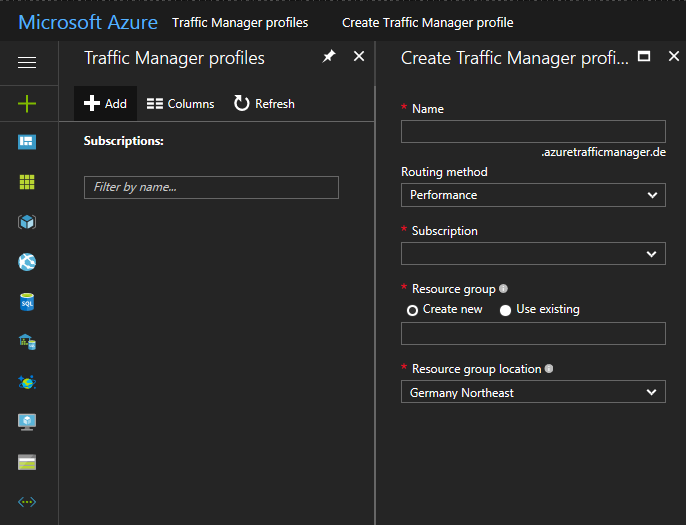— SQL Verbindungen nach Anzahl
SELECT @@ServerName AS server
,NAME AS dbname
,COUNT(STATUS) AS number_of_connections
,GETDATE() AS timestamp
FROM sys.databases sd
LEFT JOIN sysprocesses sp ON sd.database_id = sp.dbid
WHERE database_id NOT BETWEEN 1 AND 4
GROUP BY NAME
— SQL Verbindungen nach Logins
SELECT @@ServerName AS SERVER
,NAME
,login_time
,last_batch
,getdate() AS DATE
,STATUS
,hostname
,program_name
,nt_username
,loginame
FROM sys.databases d
LEFT JOIN sysprocesses sp ON d.database_id = sp.dbid
WHERE database_id NOT BETWEEN 0
AND 4
AND loginame IS NOT NULL



